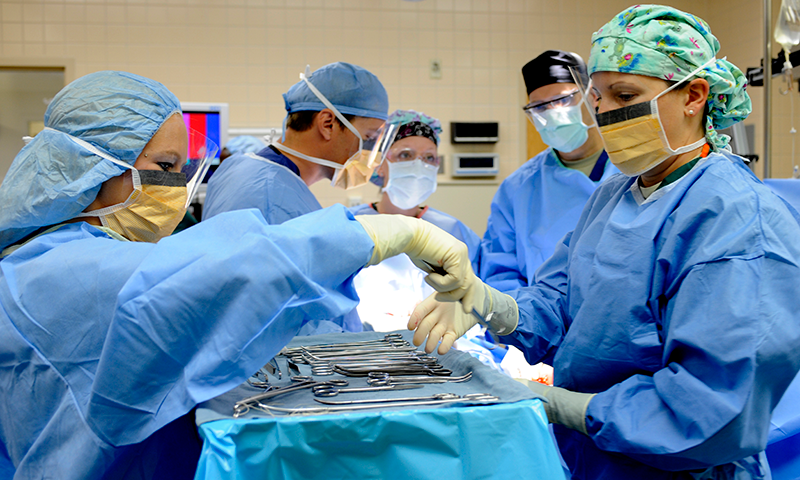A new study has found that remote continuous vital signs monitoring on surgical wards is practical and acceptable to patients.
Postoperative complications are unfortunately common following surgery. Postoperative mortality is the third leading cause of death in the United States. The International Surgical Outcomes Study found that 17% of patients undergoing inpatient surgery developed at least one complication. This figure rose to 27% in patients undergoing major surgery. In addition, 2.8% of patients who developed a postoperative complication died before discharge from hospital. Monitoring patients beyond the operating room is important to allow early detection of clinical deterioration and timely intervention.
Read more Isansys the World’s Most Advanced Wireless Patient Monitoring Platform Gets Key US Patent
For detecting postoperative complications, vital signs monitoring is a routine procedure in healthcare facilities. However, it can miss unwell patients during traditional observation rounds. To solve this problem, many facilities are turning to remote patient monitoring.
Researchers from the University of Leeds in the UK, conducted a study to evaluate whether continuous remote vital signs monitoring is a practical and acceptable way of monitoring surgical patients and to optimize the delivery of a definitive trial.
Corresponding author of the study was Candice Downey, MBChB, BSc, PGDip, MRCS. Other authors are: Rebecca Randell, BSc, PhD; Julia Brown, BSc, MSc; and David G Jayne, MBBCh, BSc, MD, FRCS.

In this prospective, cluster-randomized, parallel-group, unblinded, controlled pilot study, the researchers recruited 226 patients admitted to 2 surgical wards at a large tertiary hospital. Among them, 140 patients were randomized to continuous remote monitoring and 86 to intermittent monitoring alone. For continuous monitoring patients were fitted with a wireless patch on their chest, with data transmitted wirelessly every 2 minutes to a central monitoring station or a mobile device carried by the patient’s nurse.
On average, patients receiving continuous monitoring were administered antibiotics faster after evidence of sepsis, had a shorter average length of hospital stay, and were less likely to require readmission within 30 days of discharge.
The research team found that remote continuous vital signs monitoring on surgical wards is practical and acceptable to patients. However, they say that large, well-controlled studies in high-risk populations are required to determine whether the observed trends translate into a significant benefit for continuous over intermittent monitoring.
Read more Cambridge Consultants Develops Verum – an AI-Powered Remote Patient Monitoring Platform
The researchers wrote:
“This study has demonstrated the practicability and acceptability of implementing a remote continuous monitoring system in the general surgical ward setting. There is a trend toward clinical benefit. The findings of this study will be used to inform the protocols for further evaluations. Follow-up studies should be individually randomized and stratified to minimize the baseline differences between the 2 treatment arms and include a high-risk population with a high rate of adverse events. Furthermore, rare outcomes, such as mortality, should be avoided in preference of endpoints that are common to all participants such as the length of hospital stay.”
The study was published in the Journal of Medical Internet Research.












